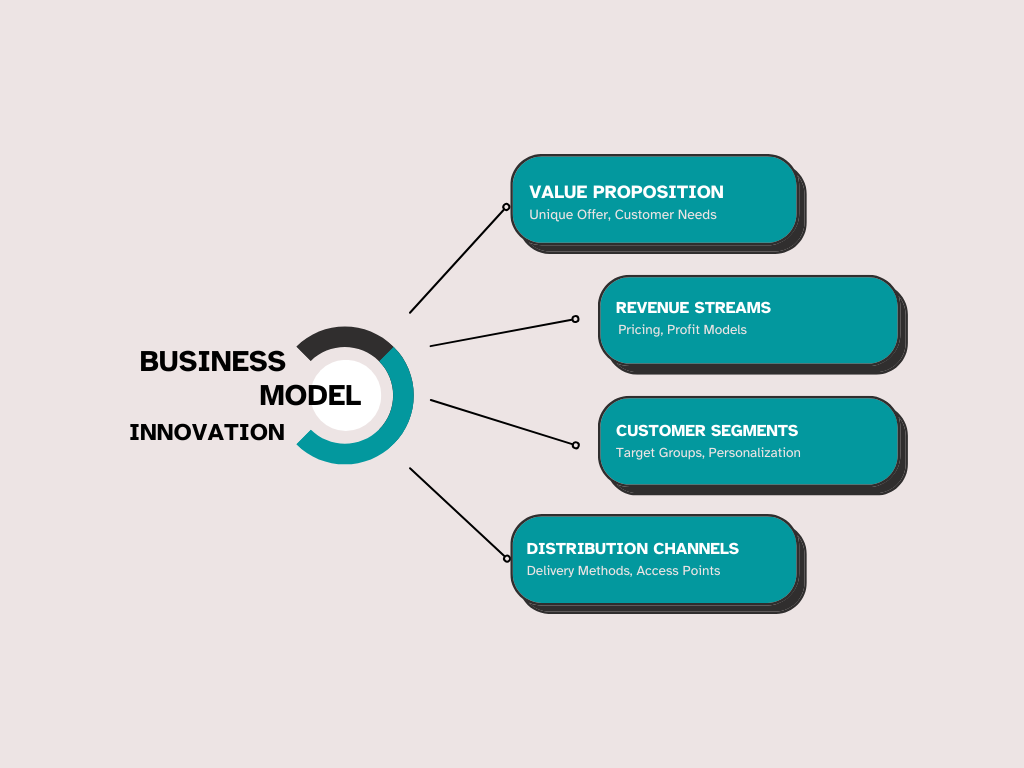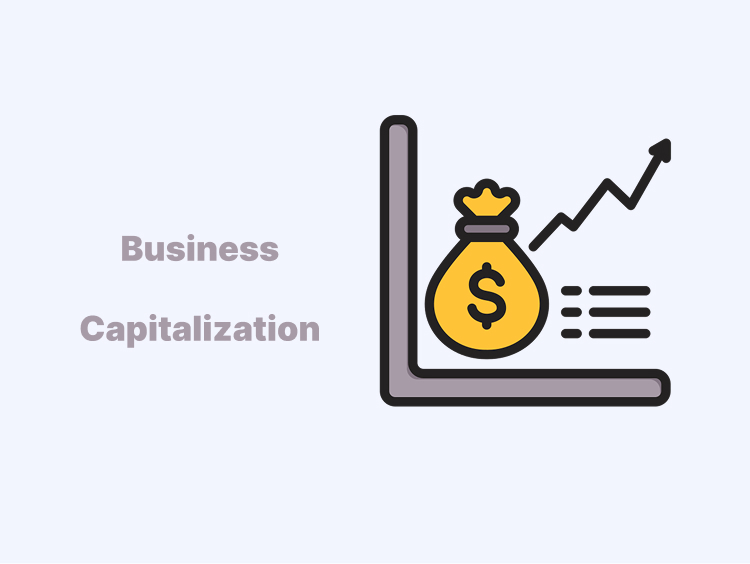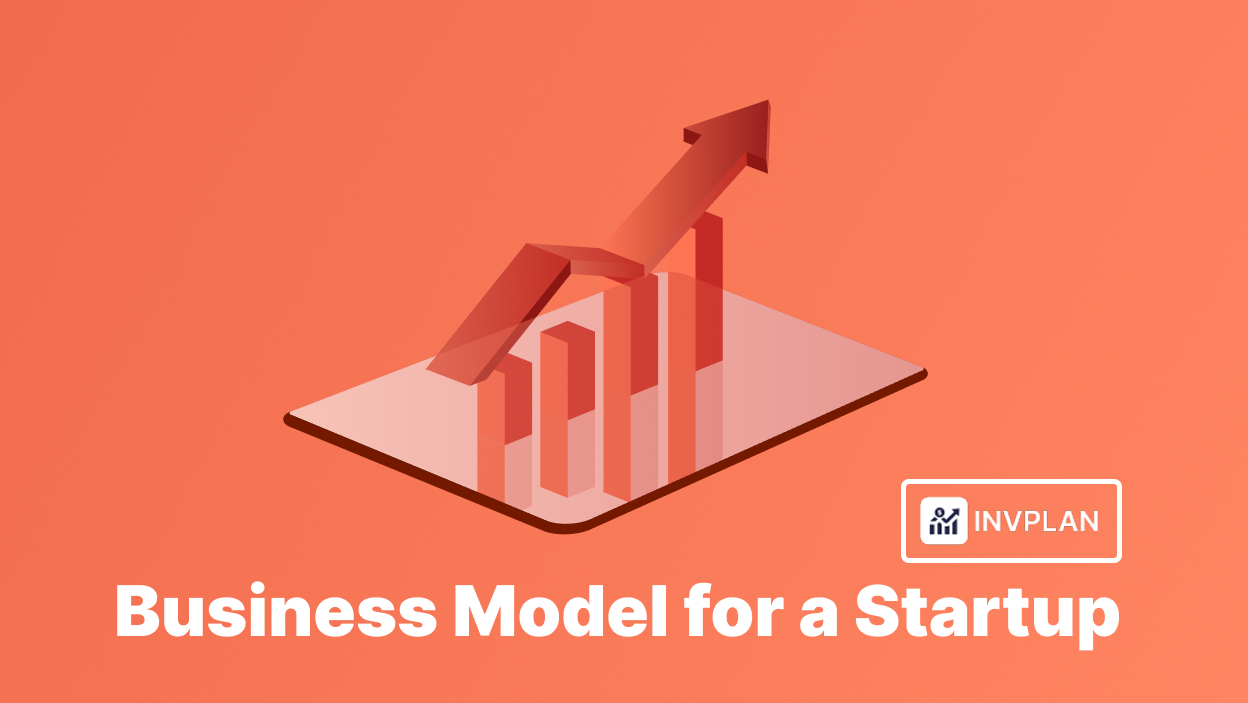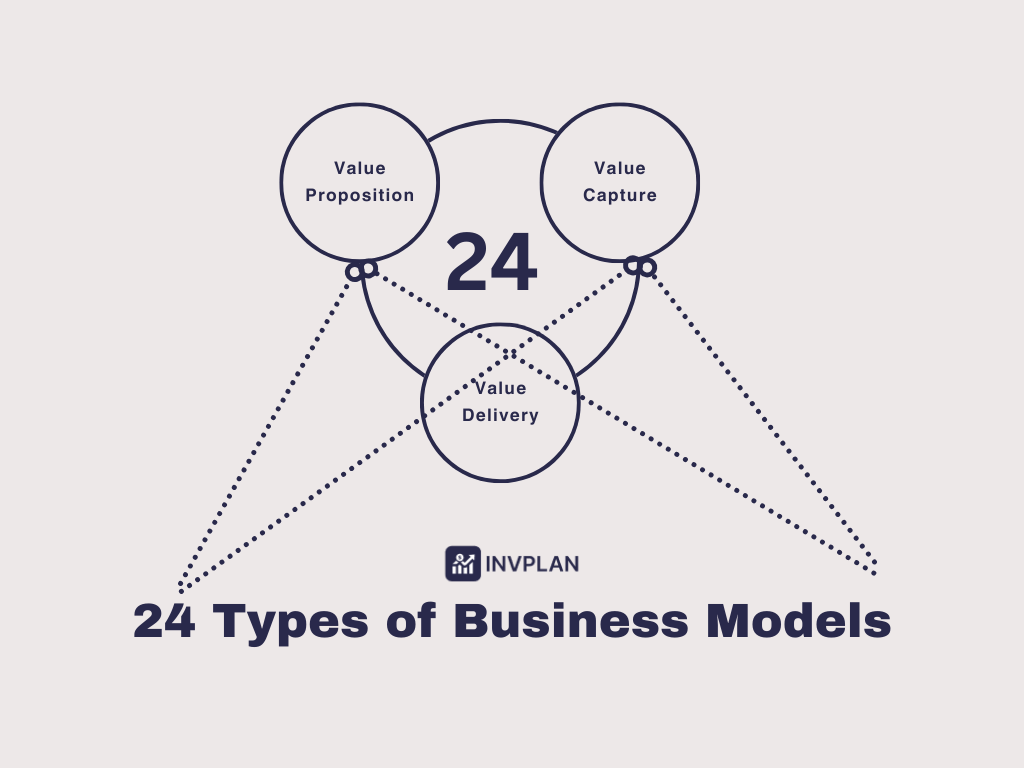Markets aren’t static so the competition is stronger than before. Businesses can’t stay the same if they want to succeed. Companies must rethink not only their products or services. They also need to rethink how they operate—from the ground up. That’s where business model innovation comes in.
It’s not just about keeping up. It’s about finding new ways to create value, attract customers, and generate revenue.
Here are the topics we will cover in this article:
- Basic definition of business model innovation.
- How to improve your existing business model.
- Incremental vs. disruptive innovation in business models.
- Case studies for successful business model innovation.
Before reading this article, take a quick look at what a business model is and its different types.
In the below section, we will discuss what business model innovation is.
What Is Business Model Innovation?
The term business model innovation refers to the process of changing how a company operates to create more value for customers, which increases profit. This includes new sales methods that help companies target customers and reduce costs.
This way helps all companies to stay ahead of the competition and helps them adapt to market changes.
It’s not just about selling something new—it’s about finding new ways to make money—improve customer experiences, or cut costs.
Companies like Netflix, Uber, and Airbnb didn’t just sell products—they changed how business was done; they changed the specifications with new ways of doing business. That’s how they grew so fast.
So, why is this important to companies?
- It’s harder for others to copy your business model than your product.
- Markets and customer needs change fast—innovating helps you keep up.
- Fresh ideas can open up new ways to earn money.
Here are some ideas on how companies change up their business models:
- New offers give customers something new or better.
- Changing how they earn money. Example: Adobe moved from one-time purchases to subscriptions ( New Ways to Charge ).
- Using tech or new processes to save money (Cutting Costs). Example: Zara’s fast fashion model reduces waste.
- Teaming up with others to create value (Building Partnerships). Example: Apple’s App Store connects app makers with users.
Let’s move on to the following part to learn about the difference between disruptive innovation and incremental innovation.
The Difference Between Disruptive and Incremental Innovation in Business Models
There are two types of innovation in the business model: disruptive or incremental.
Disruptive innovation helps you build something new that revolutionizes the market. For example, Netflix replaced Blockbuster, while the smartphone made flip phones obsolete.
These changes didn’t make something better—they created something brand-new. It is like advancements in a camera within a mobile device or the addition of new functionality to a software program.
Maybe disruptive innovation is risky to the company you have built, but it is worth the immense rewards. It helps you aim at small and specific improvements.
It’s like upgrading a phone’s camera or adding features to an app. These changes aren’t big, but they keep customers happy.
Companies like Apple excel at rolling out new versions of their products without significantly changing them.
The key difference is the magnitude of change. Disruptive innovation creates new markets or transforms industries. Incremental innovation refines what already exists.
Choosing between them depends on your company market and strategy. If you want to lead and take risks, disruptive innovation may work for you. If the goal is fixed growth and customer loyalty, incremental changes are better.
Some companies use both. They create new products while improving current ones.
That means being customer-aware with a value greater than others to win the game of business.
Companies have to deliver better value than others to succeed according to customer needs.
Here is a quick comparison:
| Feature | Disruptive Innovation | Incremental Innovation |
|---|---|---|
| Impact | Changes markets or creates new ones | Improves existing markets |
| Speed of Growth | Rapid after slow start | Gradual and steady |
| Risk Level | High | Low |
| Company Type | Often startups | Usually established firms |
| Example | Netflix streaming | Apple iPhone updates |
Let’s move on to the section below to understand the case studies of successful businesses.
Case Studies of Successful Business Model Innovation
Netflix changed the experience of watching movies. It began by being a DVD rental company. Instead of keeping things the same, Netflix became a streaming service.
This gave you the capability to watch television shows and movies when desired. It also led to the shutdown of the likes of Blockbuster. Netflix did not give up.
It also started making its own productions, keeping the audience engaged for more.
Apple didn’t create the smartphone. They only refined it. Every time Apple introduced the next iPhone, they introduced something innovative.
Consumers did not know they needed an enhanced camera or increased battery until they could see it. Once they purchased the latest cell phone, however, they were captivated.
Apple made their devices work perfectly with each other. One can switch from one of these iPhone, iPad, and Mac easily, making sticking with Apple even more attractive.
Amazon began small, starting from being only a bookstore. That did not last for very long. Then, it sold virtually anything. Then came the advent of Amazon Prime. Quick shipping. Exclusive shows and movies.
Customers were delighted. They felt like they were being given value for their hard-earned money. Amazon also paid attention to what people bought and made shopping easier.
That’s why so many still choose Amazon today. Amazon made buying things quick and personal. Customers kept coming back.
All of these companies are making improvements every day to serve their customers better. So, people feel valued to stay.
How to Improve Your Business Model?
This depends on how you work to add more value to the customer while increasing profits. The most important thing is to begin by looking at areas where you can improve the existing model.
Look at the products or services you have. Are you able to provide something new or improved?
You can also look at segments of new customers or change the pricing of your products to a subscription format instead of a price per unit.
Once you’ve established the concepts, pilot them on a small scale. It might mean creating a prototype or testing a pilot program with a small group of customers. Get the feedback you can and then refine the approach accordingly.
Let’s move to the next section to learn about managing the dangers of business model innovation.
Managing Risks in Business Model Innovation
Business model innovation is exciting, but it comes with risks. If not handled well, it can lead to financial losses, customer backlash, or operational failures. Here’s how to manage the biggest risks:
- The Cost of Change—Financial Risk.
- Losing Your Loyal Base—Customer Alienation.
- Execution Challenges—Operational Risk.
- Easy to Copy and Hard to Sustain—Competitive Risk.
Let’s take each one in-depth.
The Cost of Change in Financial Risk
Changing your business model requires investment in new processes, such as technology or marketing. Losses can be high If the change fails.
To solve this problem, you have to start small and test before scaling. Use pilot programs, minimal viable products (MVPs), or phased rollouts. This reduces financial exposure while proving viability.
Here is an example:
Airbnb began by renting out air mattresses in a single apartment before scaling into a global platform.
Losing Your Loyal Base
A new model may upset existing customers who prefer the old way.
To start solving the problem you need to communicate with customers and explain the benefits. So collecting feedback before making drastic changes. Offer transition incentives (e.g., discounts, exclusive perks).
Here is an example:
Adobe shifted from selling software to a subscription model. Initially, some customers resisted, but Adobe gradually proved its value with continuous updates and cloud features.
Execution Challenges—Operational Risk
Workers—suppliers, and partners might have trouble adjusting. To solve this problem you need to train your team and improve it. This brings in outside experts to guide the transition.
For example, when Domino’s Pizza revamped its recipe and ordering system, it trained employees extensively and used a step-by-step rollout. The result? A massive turnaround.
Competitive Risk: Easy to Copy, Hard to Sustain
If your innovation is easy to replicate, competitors can quickly catch up. To stay ahead, combine different innovations—like unique pricing, strong branding, and customer experience.
You just need to build strengths and combine innovations (e.g., pricing + customer experience + branding). And Stay ahead by improving your products every day.
Netflix didn’t just stream content—it invested in exclusive originals and creating a long-term advantage.
Wrapping Up
In this article, we focused on many parts related to business model innovation. Here is a quick recap:
- What business model innovation is – It’s a process of changing how a company operates–not just what it sells.
- Types of business model innovation – Companies can make big changes (disruptive) or small improvements (incremental) to stay competitive.
- Examples – Companies like Netflix, Amazon, and Uber transformed their industries by creating new ways of doing business.
- How to improve your business model – Start by finding areas to improve–and test small changes, and grow the ideas that work.
- Managing risks – Be careful to avoid losing money or annoying customers.
FAQ’s
What is business model innovation?
Why is business model innovation important?
What are the types of business model innovation?
There are two main types:
- Disruptive innovation – Creates new markets or disrupts existing ones (e.g., replacing DVD rentals with streaming services).
- Incremental innovation – Improves existing models (e.g., Apple adding new features to iPhones).
What are some examples of business model innovation?
- Netflix – Shifted from DVD rentals to streaming and original content.
- Amazon – Started as a bookstore and grew into a full online shopping platform with Prime benefits.
- Uber – Transformed transportation by enabling ride-sharing through an app.
How can a company innovate its business model?
- Offer new products or services.
- Change pricing models (e.g., subscriptions instead of one-time purchases).
- Use technology to cut costs or improve efficiency.
- Partner with others to create more value.
What are the risks of business model innovation?
- Financial risk – New strategies may fail to generate profit.
- Customer resistance – Existing customers may dislike the change.
- Operational challenges – Employees and suppliers may struggle to adapt.
- Competitive risk – Rivals may quickly copy innovations.



